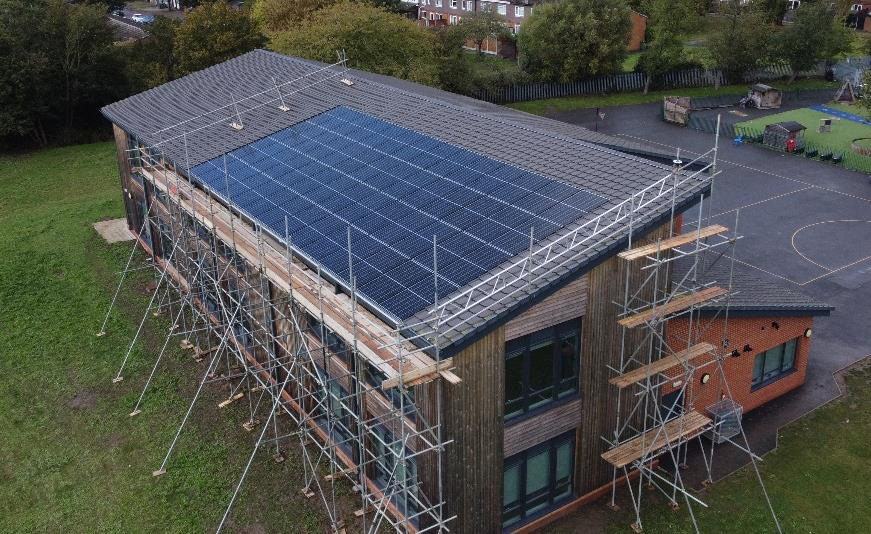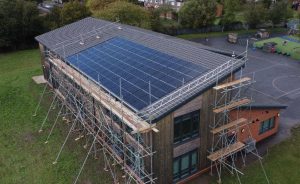The UK government has today published its Solar Roadmap, a government-industry paper setting out practical measures to meet solar capacity targets.
The roadmap states that meeting the upper end of the capacity ambition set in the Clean Power 2030 (CP30) Action Plan of 47GW solar installed would require just 0.4% of total UK land and power the equivalent of nine million homes using solar energy.
It is the culmination of two years’ work, with the Solar Taskforce launched per the recommendation of ex-Conservative member of parliament Chris Skidmore in his 2023 Review of Net Zero, and reconvened by current energy secretary Ed Miliband shortly after the current government came to power.
In its current iteration, the taskforce has been co-chaired by Miliband and chief executive of solar trade body Solar Energy UK (SEUK) Chris Hewett. It was previously chaired by Andrew Bowie MP and Graham Stuart MP.
The Solar Roadmap sets 72 actions for accelerating the efficient rollout of solar across the UK, divided into six categories: Rooftop Solar, Electricity Networks, Supply Chain and Innovations, Skills, Planning and support schemes, and Working with others.
The taskforce will now become the Solar Council, co-chaired by Hewett and energy minister Michael Shanks to oversee progress and identify and address emerging threat as and opportunities as they arise.
Key actions in the roadmap include procedural reforms to work parallel to the existing grid connection reforms that would speed grid connections, allowing large-scale rooftop and groundmount projects most likely to go ahead to jump the queue.
Read more: Solar Power Portal




